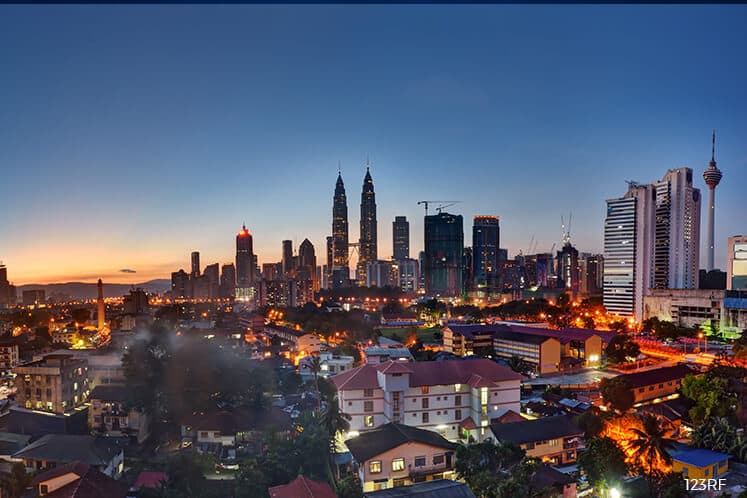
This article first appeared in The Edge Financial Daily on June 1, 2017
KUALA LUMPUR: Malaysia’s labour productivity level in 2016 outperformed several of its peers in the region, such as China and Indonesia, but it still has a long way to go before nearing productivity levels of developed economies.
According to Malaysia Productivity Corp (MPC), in US dollar terms, Malaysia’s productivity per person employed stood at US$21,564 in 2016, beating Asian economies such as Thailand (US$10,398), China (US$14,030), Indonesia (US$7,507) and the Philippines (US$7,536).
“We can be proud that the absolute level of productivity is higher than that of many Asian countries,” said International Trade and Industry Minister Datuk Seri Mustapa Mohamed.
In terms of productivity growth, however, Malaysia’s 3.5% growth was behind China (6.6%), Indonesia (4.6%) and the Philippines (4.4%).
MPC said the growth in Indonesia and the Philippines was despite a slowdown in global exports, indicating that the strengthening of their domestic sectors had a positive effect on labour productivity.
Meanwhile, Mustapa said, these countries started off from a low base, which translated into higher growth rates.
“We are not making excuses or trying to be defensive, although we did have a higher base. Either way, we are committed to ensuring that Malaysia achieves [a] 3.7% average growth in productivity during the five-year period under the 11th Malaysia Plan (11MP),” he said.
While Malaysia’s progress so far in lifting productivity is commendable, seeing as it is steadily approaching the 3.7% target and has so far achieved 84% of the 11MP’s targeted productivity level of RM92,300, the country is nowhere near productivity levels of developed countries.
Malaysia’s productivity level of US$21,564 in 2016 paled in comparison with Asian neighbours like Singapore, Japan and South Korea, which recorded productivity levels of US$80,065, US$64,644 and US$53,126 respectively.
On the other hand, productivity levels of advanced nations like the US and Australia were more than five times of Malaysia’s at US$120,584 and US$102,746 respectively.
However, these advanced economies recorded low productivity growth rates, with South Korea registering a growth of 1.3%, followed by Singapore (1.1%), the US (0.7%) and Japan (0.03%). Australia recorded a negative productivity growth of 0.5%.